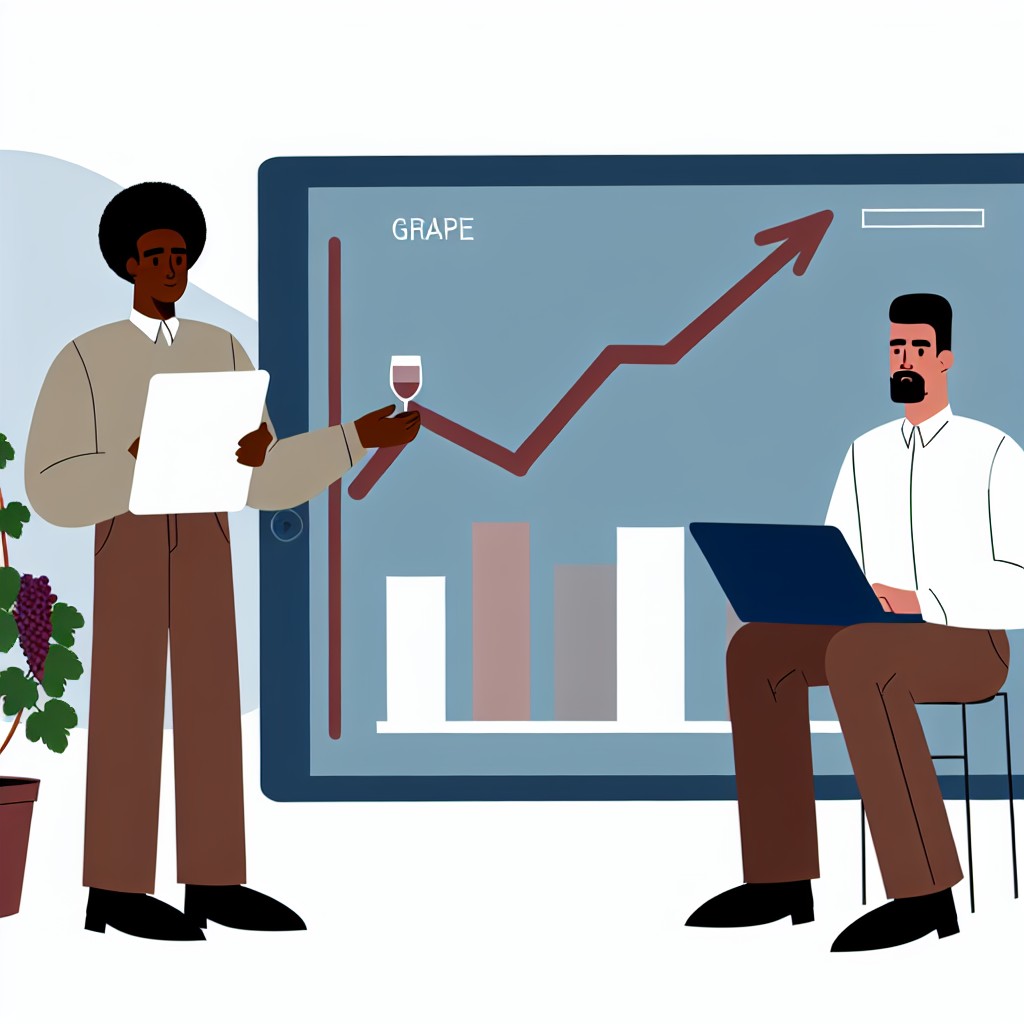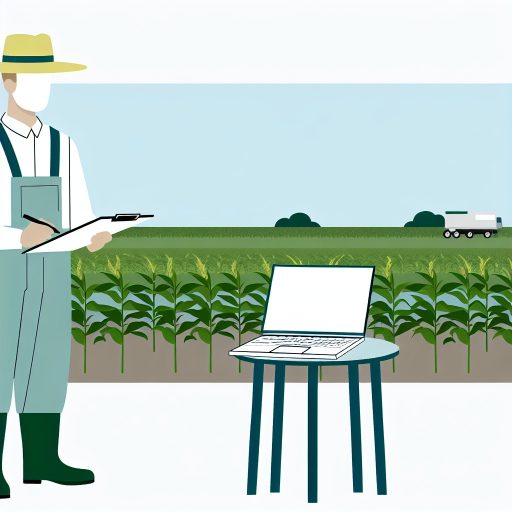Introduction
Viticulture is the cultivation of grapevines.
It plays a pivotal role in the agriculture industry.
The production of grapes for winemaking or consumption supports many economies worldwide.
The art and science of viticulture have evolved over centuries.
Traditional practices remain deeply rooted in many grape-growing regions.
Embracing Technological Advancements
In recent years, technology has significantly impacted modern viticulture practices.
Advanced tools and techniques now help grape growers improve productivity, quality, and sustainability.
The integration of technology has revolutionized vineyard management and crop cultivation.
One key area transformed by technology is monitoring and managing vineyard conditions.
Using sensors, drones, and data collection devices, growers gather real-time information on soil moisture levels.
They also monitor temperature and other crucial factors affecting grape growth.
This data enables informed decisions about irrigation, fertilization, and pest control.
Ultimately, these practices lead to healthier vines and higher yields.
Furthermore, advancements in precision agriculture help growers apply resources more efficiently.
By utilizing GPS technology and mapping tools, farmers optimize water and nutrient distribution.
They tailor inputs based on the specific needs of each vine.
This targeted approach improves crop quality while reducing waste and environmental impact.
In addition, technology has enabled remote monitoring systems.
Growers can track their vineyards from anywhere in the world.
Smartphone apps and cloud-based platforms provide access to vital information.
Transform Your Career Today
Unlock a personalized career strategy that drives real results. Get tailored advice and a roadmap designed just for you.
Start NowFarmers can control irrigation systems or other equipment with a few taps.
This connectivity and convenience have transformed vineyard management.
Growers now respond faster to changing conditions and optimize operations more easily.
History of Technology in Viticulture
- Traditional methods of grape growing involved manual labor and minimal machinery.
- The evolution of technology in viticulture began with the introduction of basic tools.
- Hand-operated equipment such as pruning shears and hoes were used in early grape cultivation.
- As the demand for wine increased, farmers started utilizing horse-drawn plows for vineyard maintenance.
- The invention of the mechanical grape harvester in the 1960s revolutionized grape picking processes.
- Drip irrigation systems were introduced to efficiently water vineyards and conserve resources.
- Modern viticulture now includes the use of drones for monitoring vine health and soil conditions.
- GPS technology allows growers to precisely map out vineyard layouts and optimize farming practices.
- Weather tracking software is used to predict climate patterns and protect grape crops from adverse conditions.
- Robotic devices are being developed to assist in labor-intensive tasks such as pruning and harvesting.
The history of technology in viticulture showcases a shift towards automation and precision farming methods.
Modern technology in vineyard management
- Use of drones for aerial monitoring of vineyards
- Automated irrigation systems for efficient water use
Drones for aerial monitoring
Drones have revolutionized vineyard management by providing a bird’s eye view.
They capture detailed images and videos that help farmers monitor vine health.
Drones identify pest infestations and assess crop maturity effectively.
Farmers gather data on vineyard topography, soil conditions, and irrigation needs with precision.
This real-time data allows farmers to make informed decisions quickly.
Overall, drones improve vineyard productivity and health substantially.
Automated irrigation systems for efficient water management
Automated irrigation systems are essential in modern viticulture.
These systems monitor soil moisture levels and adjust irrigation automatically.
They deliver the right amount of water at the right time to optimize vine growth.
This technology helps prevent over-watering or under-watering effectively.
It conserves water and promotes healthier vineyards with improved fruit quality.





